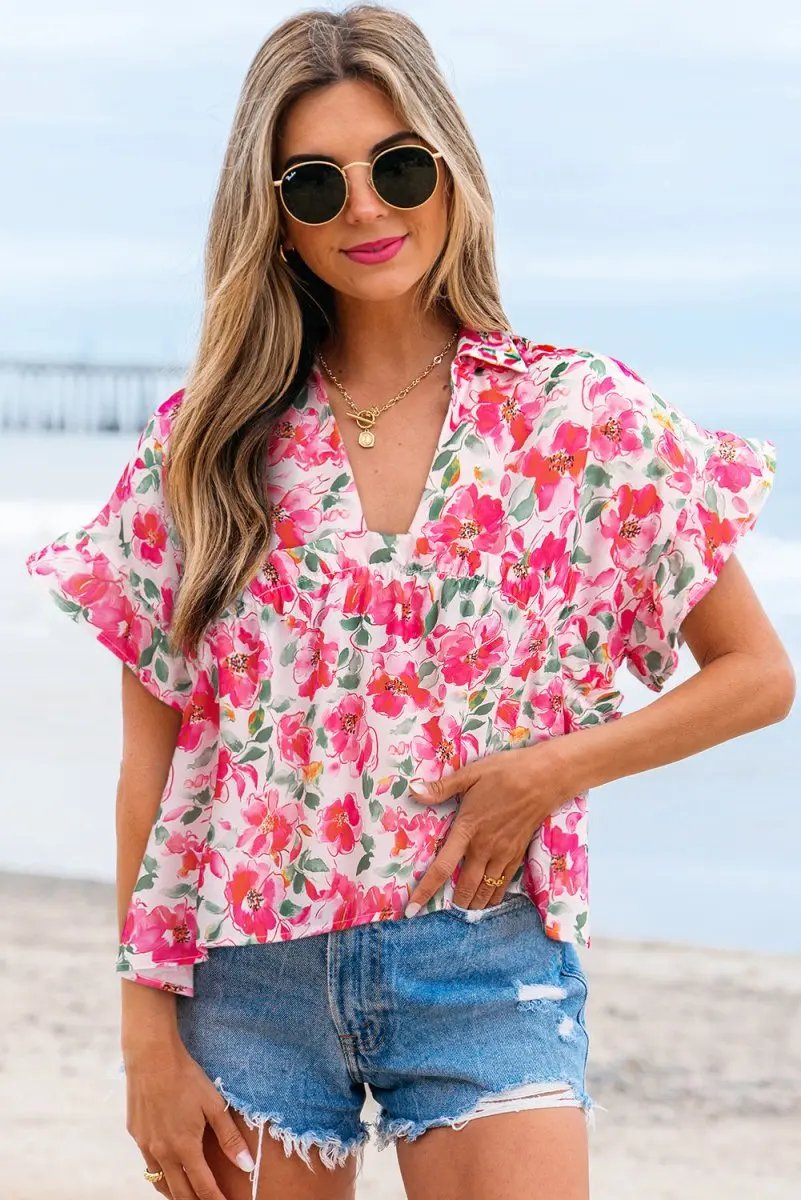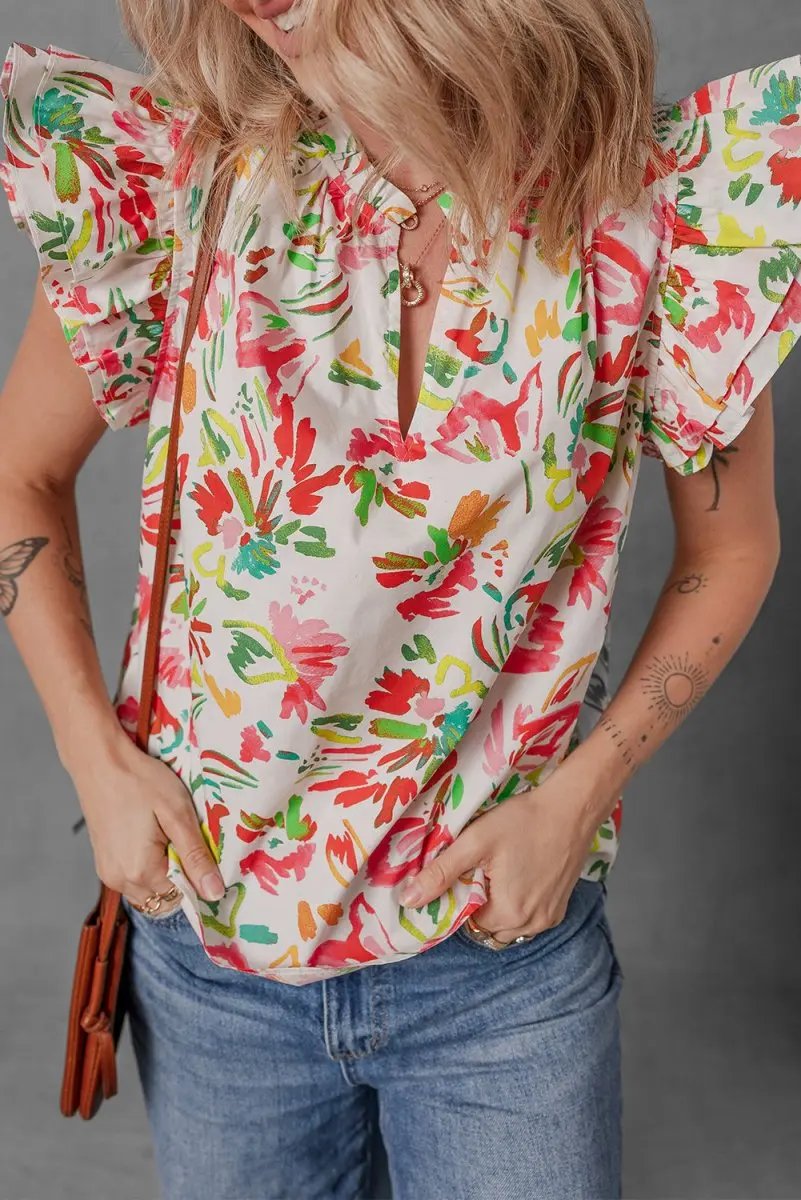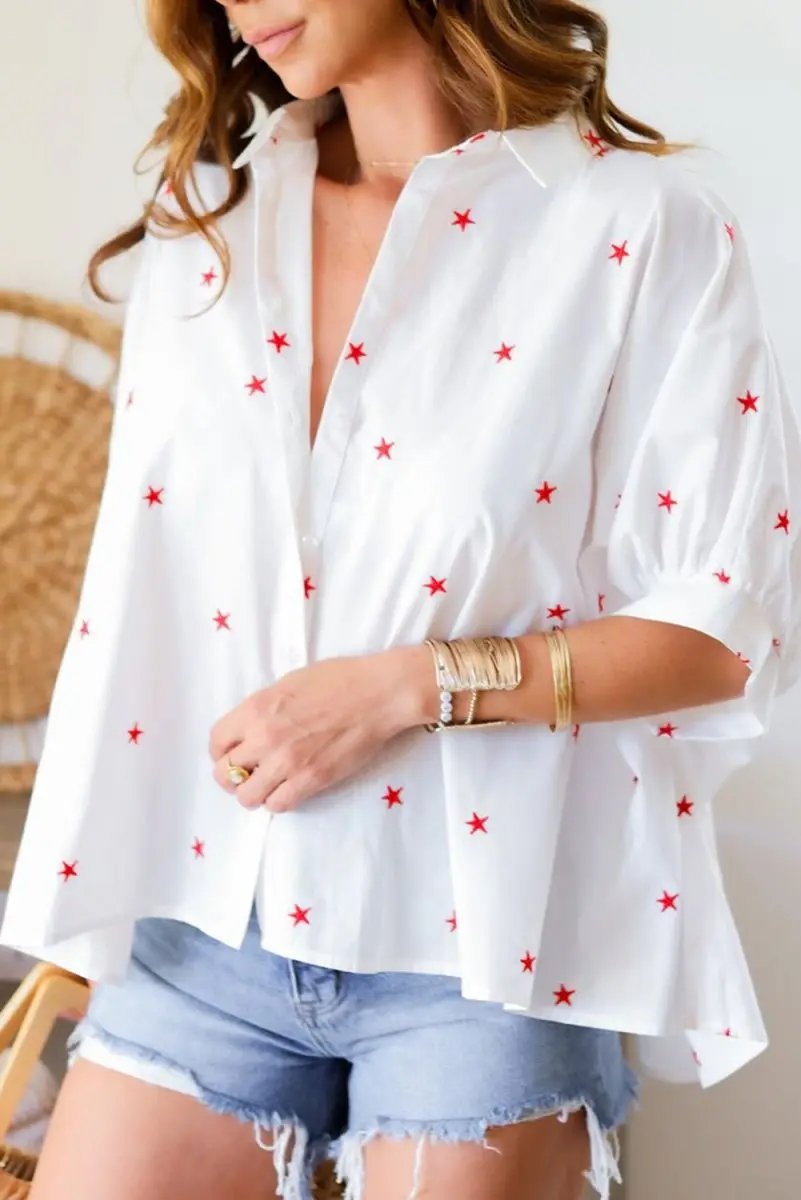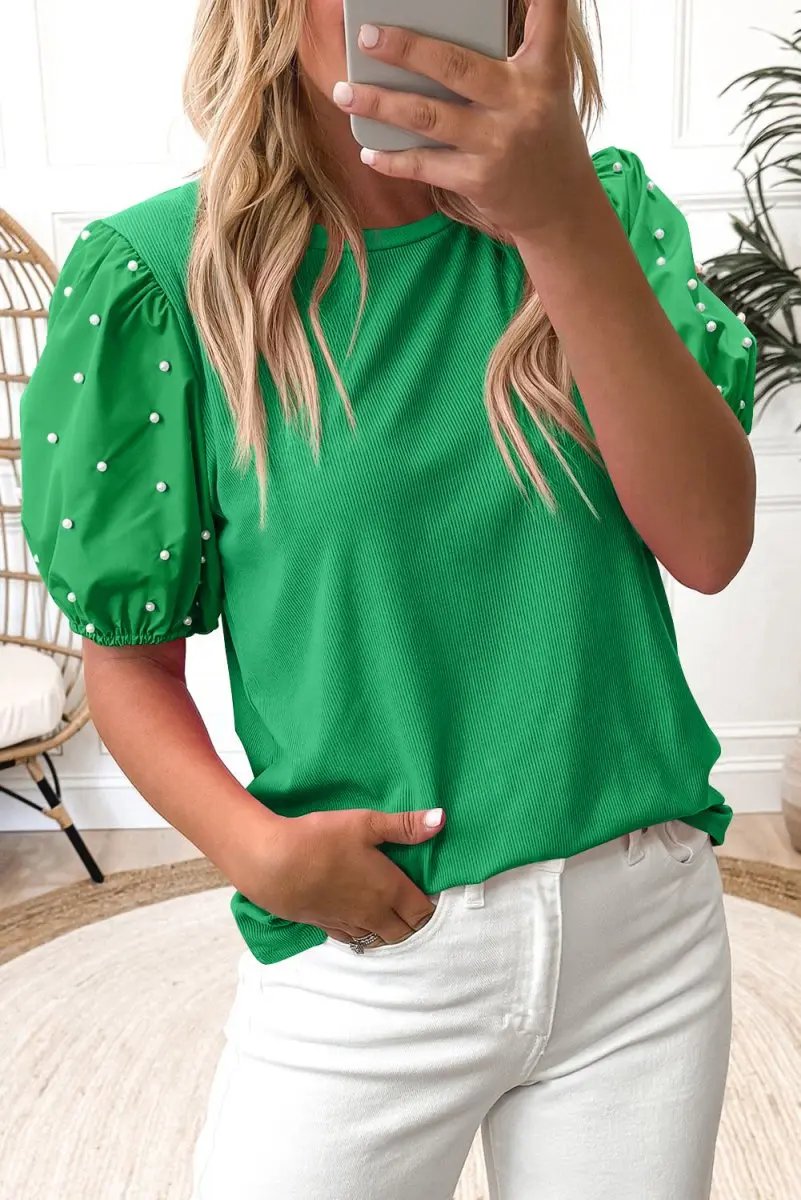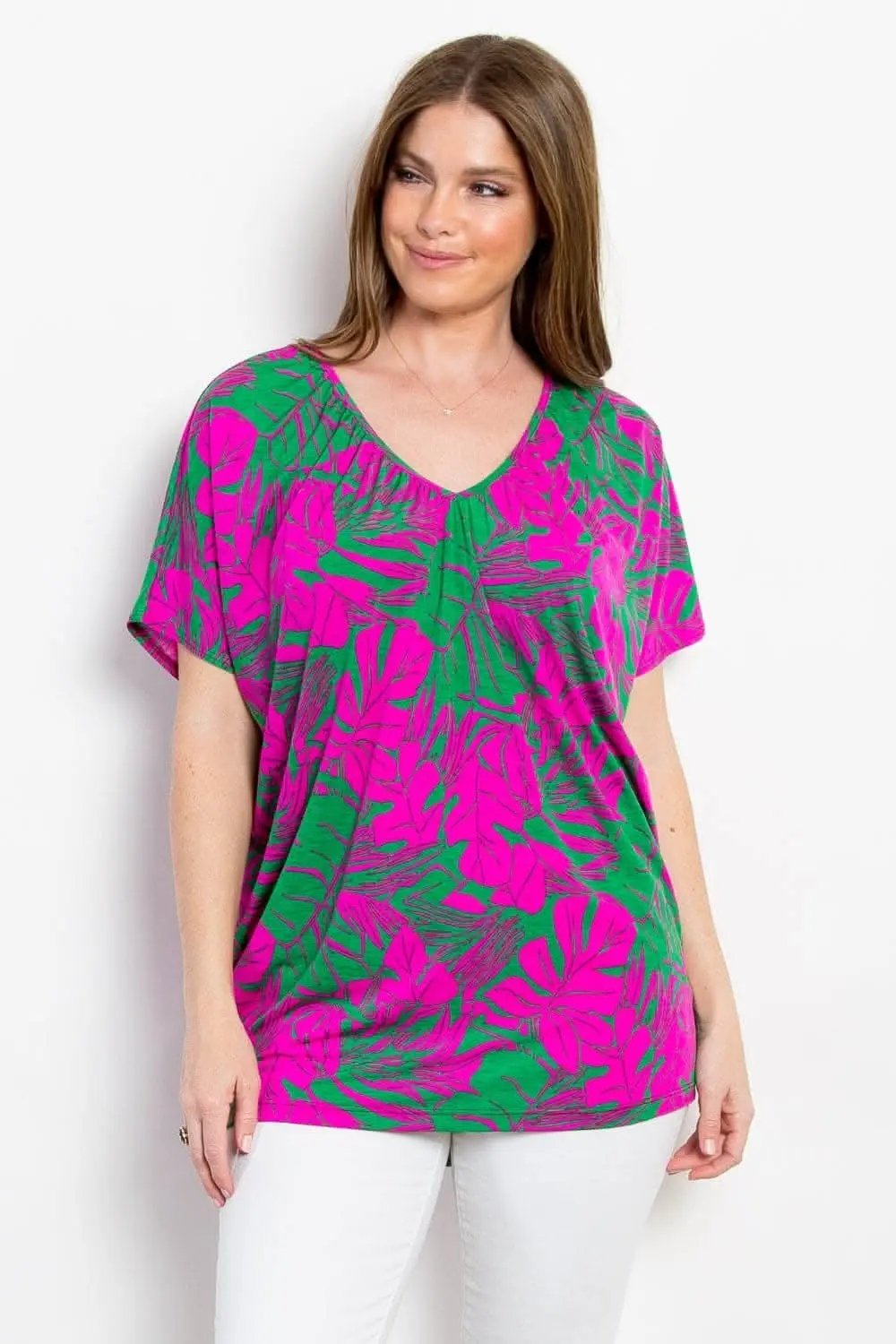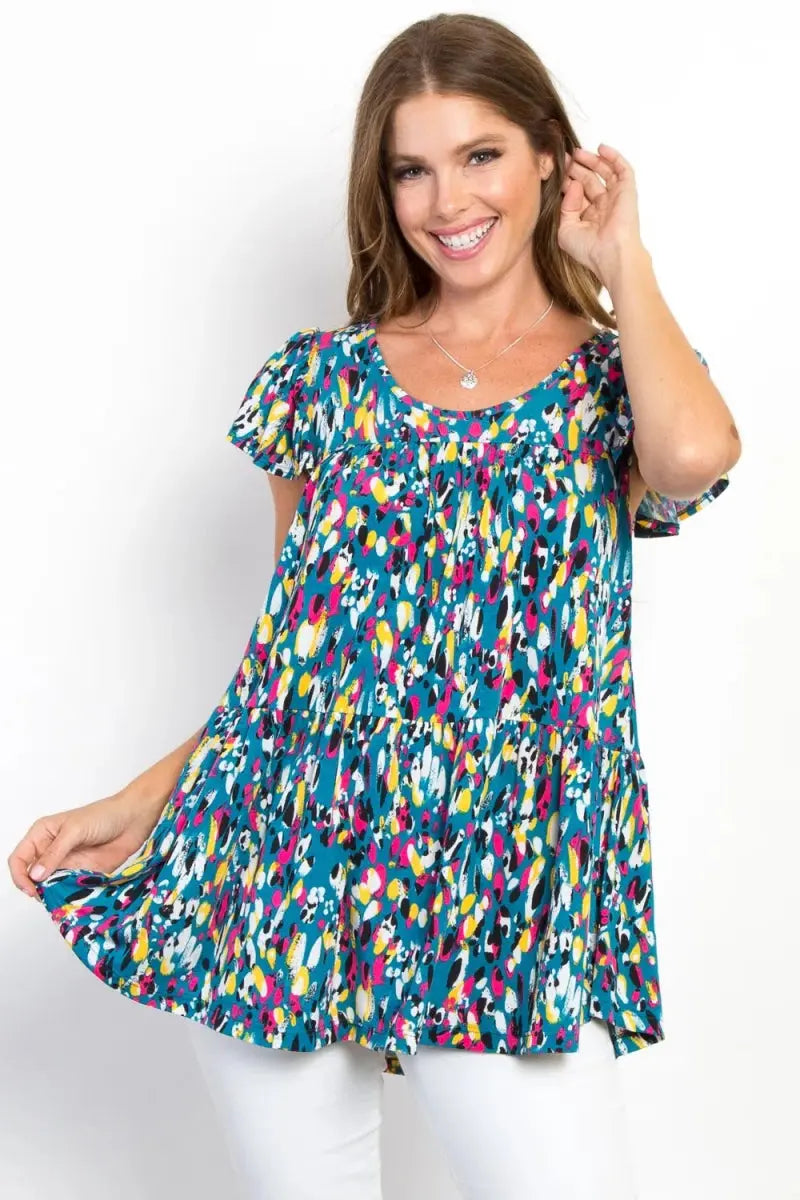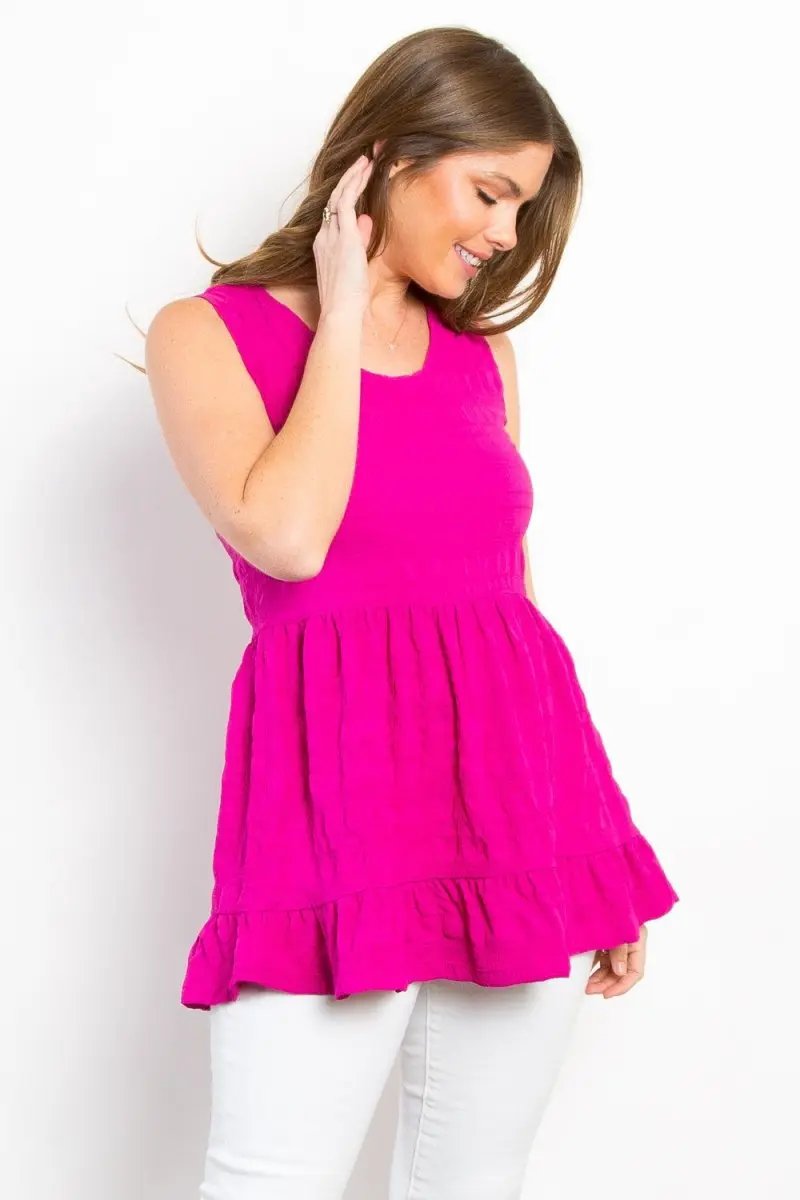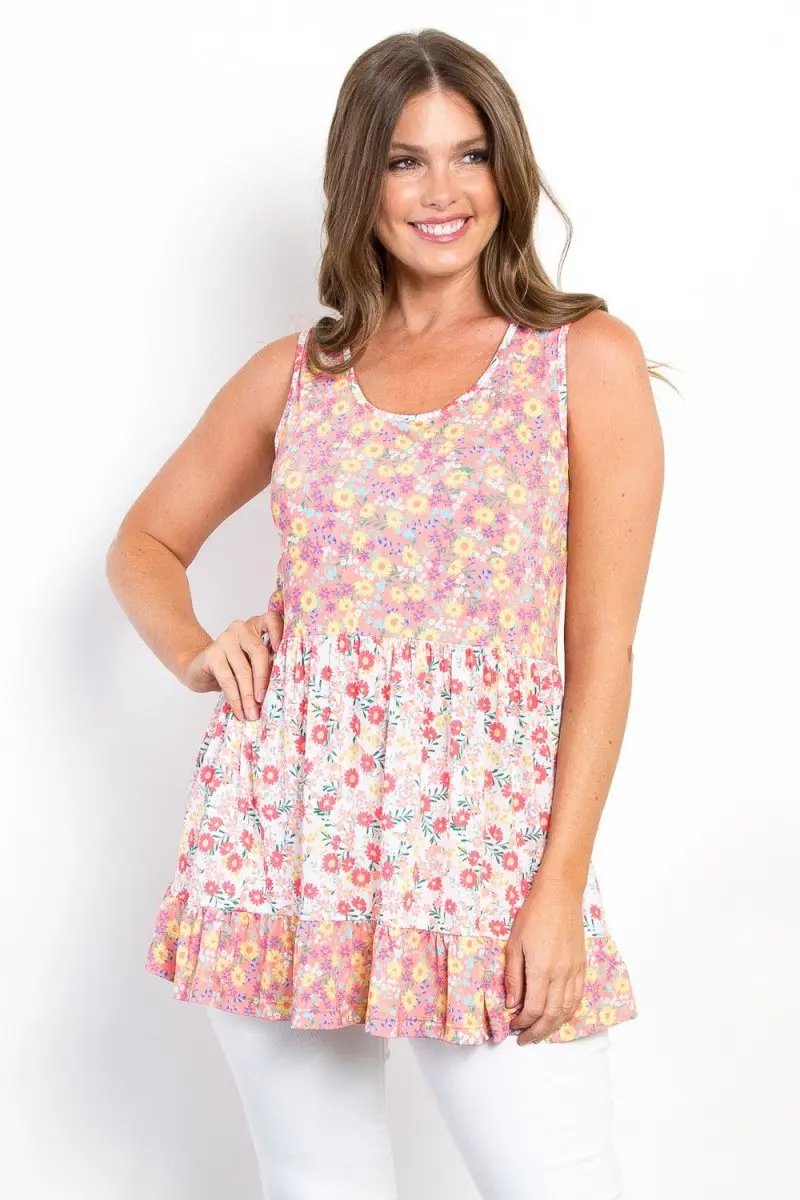Introduction: A Thoughtful Reboot for Curves and Conscience
Refreshing a plus-size Flying Tomato closet in 2025 is as much about smart choices as it is about style. A wardrobe reboot doesn’t mean buying a lot — it means editing with intention, choosing durable materials, and building a flexible capsule that celebrates your curves. This guide is longer and deeper than most: practical step-by-step actions, sustainable swaps that actually flatter plus-size bodies, capsule-building tactics, a detailed shopping checklist, tailoring tips, care and repair practices, seasonal strategies, plus a 30-day reboot plan to make change achievable.
Why This Reboot Works: Principles to Keep in Mind
- Quality over quantity: Fewer, better-made items save money and reduce waste.
- Fit over size: Sizes vary; fit is the most important factor for looking and feeling great.
- Versatility and coordination: Pieces should work together to create many outfits.
- Sustainability by design: Choose fabrics and brands with longevity in mind.
- Confidence-centered: The goal is to feel comfortable, empowered and authentically you.
Step 1 — Closet Audit: Deep, Honest, Energizing
Set aside 2–3 hours for a complete audit. This is the foundation of your reboot.
- Prepare: Grab boxes or bags labeled Keep, Tailor, Donate/Sell, Repair, Recycle. Put on comfortable clothes for trying items on.
- Empty and sort: Pull everything out of one section at a time so you can see volume and color groupings.
- Try-on runway: Try on every questionable item. Photograph outfits so you can review later in natural light.
- Ask key questions as you decide: Does it fit now? Does it flatter my proportions? Have I worn it in the last 12 months? Does it coordinate with at least three items I plan to keep?
- Make decisions: Keep favorites and staples. Tailor items that could fit beautifully with a small alteration. Donate or sell items in good condition. Recycle or responsibly dispose of very worn pieces.
Document Your Closet
Recording what you keep helps build the capsule and prevents duplicate purchases.
- Create a simple inventory spreadsheet: item, color, measurements, condition, and how often you wear it.
- Note gaps: e.g., "no go-to black blazer" or "jeans that sit comfortably at the waist."
- Photograph each outfit combination that makes the Keep pile sing — this becomes your go-to lookbook.
Step 2 — Measure, Shape, and Know Your Body
Fit starts with accurate measurements and an understanding of proportions. Don’t rely on sizes; use measurements.
- Key measurements to take: bust, underbust, high waist (natural waist), low waist (where your jeans sit), high hip, full hip, thigh, and inseam.
- How to measure accurately: use a soft measuring tape, stand straight but relaxed, avoid sucking in. Measure over underwear or a thin layer.
- Record measurements and keep them accessible when shopping — many plus-size friendly brands include detailed size guides.
- Identify your silhouette tendencies: fuller bust, full hips, apple, pear, hourglass, rectangle. This helps with cuts and proportions.
Fit and Proportion Rules for Curves (Practical Examples)
- For a fuller bust: prioritize supportive, structured tops and V-necks; avoid high crew necklines that can visually shorten the torso.
- For curvy hips: A-line skirts and wrap dresses balance hips. Straight skirts can work if they hit the right length and include a comfortable waistband.
- For apple shapes: create structure with fitted jackets, longline tops that skim the midsection, and waist definition through belts or tailored seams.
- For hourglass shapes: accentuate the natural waist with wrap styles, belted jackets, and tapered trousers.
Sustainable Fabric Guide: What to Choose and Why
Fabric choice matters for durability, drape, and environmental impact. Prioritize these fibers and blends:
- Tencel/Lyocell and Modal: excellent drape, breathable, and often produced with closed-loop processes.
- Organic cotton: better for the soil and typically gentler dyes; choose mid-weight for structure or lighter for tees.
- Recycled fibers: recycled polyester or nylon for stretch garments or outerwear, which reduce virgin plastic use.
- Ponte and double-knit blends: provide supportive stretch and hold shape for garments like trousers and blazers.
- Recycled or certified wool: warm, breathable and long-lasting for coats and knitwear — look for recycled wool or certifications like Responsible Wool Standard.
- Avoid excessive sheer synthetics for structured pieces; look for blends that include natural fibers for breathability.
Ethical Certifications to Look For
- GOTS (Global Organic Textile Standard) for organic fibers.
- OEKO-TEX Standard 100 for low-toxin fabric processing.
- Bluesign for sustainable textile production processes.
- Responsible Wool Standard (RWS) and recycled content labels for reduced environmental impact.
Step 3 — Build Your Plus-Size Capsule: 18–24 Piece Framework
Design a capsule around your lifestyle (work, weekend, events). Aim for 12–18 core pieces for a minimal capsule, 18–24 for a more flexible wardrobe.
- Bottoms (3–4): dark stretch jeans, tailored black trousers, ponte pants, an A-line or pencil skirt.
- Tops (4–6): quality V-neck or scoop neck tees, a blouse with structure, a long-sleeve knit, a statement top for nights out.
- Dresses (2–3): wrap dress, versatile midi dress, and a casual T-shirt dress.
- Outerwear (2): structured blazer, lightweight trench or duster; winter capsule add a warm coat and waterproof layer.
- Knitwear (1–2): longline cardigan or knit duster, and a warmer sweater for colder months.
- Shoes (2–4): supportive sneakers, ankle boots, comfortable flats or loafers, and an optional heel or heeled bootie.
- Undergarments: a properly fitted bra (get measured regularly), shaping/comfortable underwear, and camisoles for layered looks.
- Accessories: 2–3 belts, a couple of scarves, a structured tote and a crossbody for hands-free days.
Color Palette and Pattern Strategy
Choose a neutral base and 2–3 accent colors. Patterns should be scaled to your proportions.
- Neutral base: black, navy, charcoal, or deep brown — choose one or two that match most items.
- Accent colors: pick 1–3 that flatter your skin tone and mix well with neutrals (e.g., terracotta, teal, mustard).
- Pattern rules: smaller prints can work close to the body; larger checks or florals are effective when used on one focal piece.
- Limit bold patterns to one item per outfit to avoid overwhelming your silhouette.
Capsule Outfit Formulas: Mix-and-Match Examples
Memorize these formulas so getting dressed becomes automatic.
- Weekend Casual: Tee + dark jeans + longline cardigan + sneakers. Add a belt and hoop earrings for polish.
- Business Casual: Blouse + tailored trousers + blazer + loafers or ankle boots. Tuck the blouse and add a narrow belt to define the waist.
- Elevated Casual: Midi dress + denim jacket or duster + ankle boot. Use a crossbody and layered necklaces for interest.
- Date Night: Wrap dress + heeled bootie + statement clutch. Choose a dress that nips at the waist and drapes over hips.
- Travel Capsule: Ponte leggings or stretch trousers + breathable tee + blazer; wear sneakers and pack a foldable trench.
Tailoring and Alterations: Small Investments, Big Returns
Tailoring is the secret weapon of a curated wardrobe. Budget for it and find a good local tailor.
- Common plus-size alterations: hemming, waist/side seams taken in, sleeve adjustments, shortening shoulder seams, and replacing elastic.
- Before you buy: check hem lengths and sleeve lengths to avoid expensive fixes.
- Ask your tailor about sustainable repair options like reinforcing seams or replacing fasteners with long-lasting hardware.
- Make a list of items that will be tailored immediately — prioritize blazers, trousers, and any dress that needs a small shape tweak.
Undergarments and Shapewear: Comfort First
Well-fitting undergarments can radically improve how clothes sit on your body.
- Get professionally fitted for a bra at least once a year. A proper band and cup support changes how tops and dresses look.
- Choose seamless underwear for smoother lines under fitted pieces.
- Use targeted shapewear selectively: lightweight smoothing pieces can help with fitted outfits but avoid overly restrictive garments that are uncomfortable.
Styling Tricks for Instant Confidence
- Use belts to define your waist — a narrow belt for subtle definition, a wider belt to create a bold hourglass illusion.
- Create vertical lines with long jackets, open cardigans, or long necklaces to elongate the torso.
- Balance volume: pair fuller skirts with more fitted tops, and loose tunics with streamlined bottoms.
- Layer textures: a structured blazer over a soft dress adds polish and shape without bulk.
Shopping Checklist: Make Every Purchase Count
Use this checklist before adding anything to your cart or trying on in-store.
- Fit: Does it fit your body now without excessive sizing up or down?
- Wearability: Can you create at least 3 distinct outfits with pieces you already own?
- Fabric quality: Is the material durable and appropriate for care you are willing to give?
- Tailoring potential: Could a small alteration make this a keeper?
- Environmental impact: Is it made with sustainable fibers or from a responsible brand?
- Longevity: Will you wear it at least 30 times in the next two years?
- Comfort: Will it remain comfortable for long periods (important for work or travel)?
Where to Shop Mindfully in 2025
Look for retailers that offer inclusive size ranges, transparent sizing guides, and clear fabric information. Prioritize brands that publish fit photos on diverse models and offer extended sizes. Don’t forget secondhand marketplaces and local consignment — they are goldmines for quality pieces at a fraction of the cost and environmental impact.
Secondhand and Consignment: How to Score Quality Finds
- Search filtered by size and fabric type when possible. Use keywords like "stretch, ponte, Tencel, wrap dress, longline blazer."
- Be patient and set alerts for specific items: a high-quality blazer or a timeless trench often appears if you wait.
- Inspect condition carefully: look for pilling, stains, or stretched collars. Consider minor repairs if the piece fits well otherwise.
Care and Repair: Extend the Life of Every Item
How you care for clothes determines their longevity. Adopt a low-waste care routine.
- Washing: Prefer cold water, wash on gentle cycles, and use a mild detergent to protect fibers.
- Drying: Air-dry when possible. If machine drying is necessary, use low heat and remove items promptly to reduce wrinkles.
- Pilling: Remove pills with a fabric shaver; this refreshes knits instantly.
- Minor repairs: learn basic sewing skills — replacing buttons, shortening hems, and reinforcing seams are easy to learn and keep pieces wearable.
- Seasonal storage: store off-season garments in breathable garment bags and fold knitwear to avoid hanger stretching.
Simple Stain and Spot Removal Guide
- Act fast: blot spills immediately with a clean cloth; don’t rub.
- General stain treatment: use cold water and a small amount of liquid detergent; for protein stains like sweat or blood, use cold water only.
- Grease: sprinkle cornstarch or baby powder to absorb oil, brush off, then wash as usual.
- Delicate fabrics: test a small hidden area first and consider professional cleaning for silk, wool, or heavily embellished items.
Seasonal Strategy: How to Transition a Capsule
- Spring/Summer: lighten fabrics (linen blends, Tencel), swap heavy outerwear for a lightweight trench, and incorporate breathable shoes.
- Fall/Winter: add a warm coat, heavier knitwear, and waterproof or insulated footwear. Layering is key — slim base layers reduce bulk under structured pieces.
- Switch accessories: scarves, hats, and heavier jewelry refresh looks without adding garments.
Resale, Donate, Recycle: Close the Loop
- Sell high-quality, unworn, or like-new items on resale platforms to offset the cost of new purchases.
- Donate wearable pieces to local charities or clothing swaps within your community.
- Recycle damaged textiles via municipal or store take-back programs or upcycle them into rags or craft materials.
30-Day Wardrobe Reboot Plan (Actionable Timeline)
Follow this realistic month plan to refresh your Flying Tomato closet without overwhelm.
- Day 1–3: Closet audit and inventory. Photograph outfits and note gaps.
- Day 4–7: Measure yourself and record measurements. Research sustainable fabrics and local tailors.
- Day 8–12: Mend and tailor: schedule alterations and repair priority items.
- Day 13–16: Build capsule mentally — decide on neutrals and accent colors. Create an online wishlist for missing pieces.
- Day 17–21: Shop mindfully — commit to 48-hour rule before purchases, prioritize secondhand first.
- Day 22–26: Test outfit formulas and photograph 10 go-to looks for everyday use.
- Day 27–30: Finalize shopping list and set maintenance routines: biweekly laundering habits, quarterly mending days, and seasonal swaps.
Frequently Asked Questions (FAQ)
- How many items should a plus-size capsule include? Aim for 12–18 core pieces for simplicity, 18–24 for flexibility including shoes and outerwear.
- Is tailoring worth it for plus-size garments? Yes. Small alterations can transform fit and make low-cost purchases appear custom.
- What fabric should I avoid? Extremely thin, low-quality synthetics that pill, stretch out or trap heat. Instead, choose blends with natural fibers or recycled performance fabrics.
- How can I tell if a brand is truly sustainable? Look for transparent materials disclosure, third-party certifications, fair labor practices, and longer product warranties or repair services.
Final Thoughts: Your Closet, Your Rules
Refreshing a plus-size Flying Tomato closet is an empowering process that blends practicality, sustainability and style. Start with a calm audit, invest in a handful of well-fitting pieces, and let tailoring and proper care extend the life of every garment. With a compact capsule, mindful shopping, and simple maintenance rituals, your closet will become a reliable source of confidence and ease. Take the 30-day plan as your blueprint: small, consistent steps produce lasting change.
Ready to reboot? Schedule your closet audit this weekend, pick one sustainable swap (like replacing a worn tee with a Tencel or organic cotton option), and commit to photographing 10 outfits that make you feel unstoppable. Your curves deserve a closet that celebrates them — and the planet does too.

